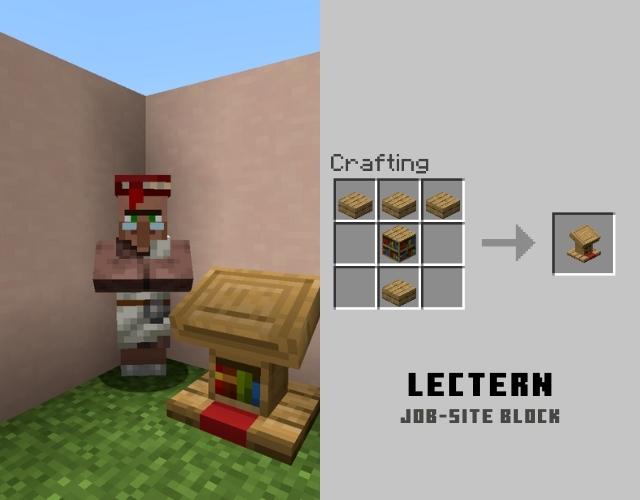

These texture packs often require a mod, but usually, they only require the default Minecraft resource pack. While the default texture pack's textures have 16x16 block faces, there are texture packs with 32x32 or even 64圆4 textures. Most blocks are static, although water, lava, portal, and fire blocks have a shifting pattern.

The face of a block is 16x16 pixels, and each block is proportionately one cubic meter. Most transparent/translucent blocks, can't have torches placed on them. Opaque blocks, such as wood or cobblestone.Semi-transparent blocks, such as glass and leaves.Transparent blocks, such as air and water.There are three different transparency levels by which blocks can be classified: unlike torches, that would be washed out when placed in water. For example, Jack o' Lantern, glowstone, and sea lanterns can be used to light underwater areas, because they cannot be extinguished by water. All player-made structures are created by using multiple blocks of one, or several different varieties.Ĭertain blocks have special uses. Logs, for example, is one of the more useful blocks, due to its widespread use and requirement in many crafting recipes. Some blocks spawn naturally, such as dirt or stone while other blocks, such as bricks and redstone lamps, must be crafted by a player. They make up the in-game environments and can be collected, placed, and used in many different ways. Blocks are place-able, unlike most other objects (without the use of an item frame). For example, an emerald block functions as both a building material and compact means of storing emeralds. The axe enchantments are weapon-related such as sharpness, smite, or Silk touch.Each cube is unique and offers the player building materials, utilities, decoration, and crafting. Weaponsmith: Trades Minerals, bells, swords, axes, and different types of enchanted melee weapons.The axe enchantments are tool-related buffs like Mending, Silk touch, or Efficiency. Toolsmith: Trades Minerals, bells, and different types of harvest tools.Shepherd: Here’s the villager that trades colored wool, dyes, paintings, beds, and shears.Mason (Java Edition)/ Stone Mason (Bedrock Edition): This villager trades polished stones, terracotta, clay, bricks, blocks, glazed terracotta, and quartz.Librarian: Trades clocks, compasses, name tags, glasses, ink sacs, books, quills, and different types of enchanted books.Leatherworker: This villager trades scutes, rabbit hide, and more leather-related items.Fletcher: Trades bows, crossbows, archery ingredients, and all types of arrows except the arrow of luck.Fisherman: You not only simply get fish but also types of equipment including fishing rods, campfires, and other items.

Farmer: You can get ingredients or crops and advanced food items from the Farmer villager.Cleric: This villager trades magical items like Ender pearls, Glowstone dust, Redstone dust, and more enchanting or potion ingredients.Cartographer: This villager trades banners, papers, banner patterns, and different maps like explorer maps.Butcher: Trades products including Meat, Sweet Berries, rabbit stew, dried kelp blocks, and even emeralds.Armorer: Trades foundry or metal casting items like chains, iron, and enchanted diamond armor tiers.

Here’s the list of every Villager and their professions or jobs in Minecraft: 1.1 All Job Blocks List All Minecraft Villager Jobs or Professions (Explained)


 0 kommentar(er)
0 kommentar(er)
